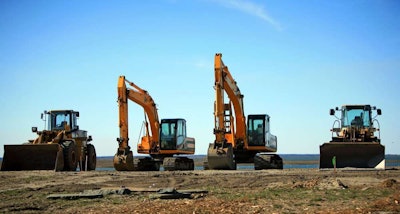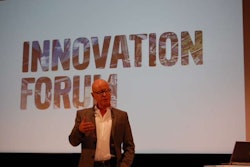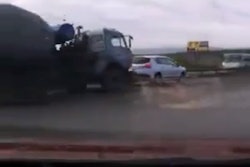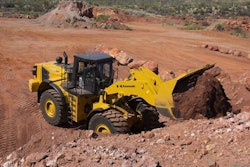
46: Learn more about MRO
Maintenance, Repair and Overhaul is the science of inventory control applied to maintenance spares. Rigorous adherence to inventory control process is a science… not an art. There are some excellent classes on this topic to increase knowledge and improve cost management of inventory control .
47: Manage fuel tightly
Minimize human touch as much as possible—the more automated, the more accurate.
48: Use telematics to track fuel
Fuel management technology can take many forms, including electronics that help reduce fuel consumption through direct injection, variable valve timing and other technologies. Fuel telematics include GPS monitoring, fuel usage and burn rates, drivers’ driving behavior and equipment usage. Controlling your costs through fuel telematics utilization should be a must for all companies. Typical installation is $300 to $500 per vehicle and $30 to $50 a month monitoring, and it is worth it. A GPS/telematics system will:
- Lower your job response time
- Increase planning/scheduling effectiveness by telling you the exact location of your equipment
- Tell you how long your equipment is sitting idle
- Lower gas consumption through accurate monitoring
- Identify improvements with the gathered data
- If you don’t use telematics, do a sample burn rate to determine your fuel consumption.
49: Understand the impact of fuel management
Using telematics you can:
- Reduce fuel costs by monitoring inappropriate routes taken by drivers, private mileage/unauthorized use, excessive speeds, idling, etc.
- Verify time/job sheets by journey reports
- Monitor load-out time
- Determine how long a truck is in front of a paver
- Find out how many cubic yards were excavated today
- Provide satellite navigation to aid your drivers in their daily tasks
- Provide wireless communications to improve communications between your mobile workforce and office
- Remotely monitor mileage for service schedules (PM)
50: Increase utilization through alternative use
Look for alternative uses of equipment—any other function it could serve to generate revenue. Examples would be using your truck fleet to contract haul during the off-season. If it is sitting, it’s not paying for itself.
51: Charge for idle time
Charge for idle time (ownership cost) for non-use time when the equipment is on site but not being used. This discourages operations from hoarding equipment that could be used elsewhere. By eliminating spared equipment and putting pressure on improving reliability of primary equipment, costs goes down as utilization increases.
52: Develop an equipment optimization team
By chartering a team to conduct the analyses and make recommendations on elimination and acquisition of equipment, better decisions will be made. Set targets for purging equipment each year. Our experiences show that most fleets have 20 to 25 percent opportunity for reduction. Our clients typically are able to eliminate 7 to 10 percent in the first year.
53: Review and shed non-value-added PMs
On average:
- 80 percent of PM costs are spent on activities with a frequency of 30 days or less
- 30 to 40 percent of PM costs are spent on assets with negligible failure impact
- 25 percent of all PM tasks are considered unnecessary
- 25 percent have the wrong frequencies
- 20 percent or less components fail within the prescribed periods
- 60 to 70 percent of all PMs are never revised from their original development
- 15 percent or less of components on a scheduled component replacement actually need the replacement at that prescribed time
54: Extend PM frequencies
It may surprise you how long you can stretch them. Keep a record to see if there is any degradation or increase in failures. Conditions of use could alter the patterns for scheduled PMs, such as filters.
55: Remember what PM is designed to do
Although PM can include cleaning, lubrication, testing and scheduled replacements, the most important task in PM is inspection. This means ensuring the equipment components are in a specified condition. Specify what condition you want to find or not find versus the traditional “check belt… check radiator” list. Having a clear set of equipment specs as a checklist is more robust and ensures the likelihood the inspecting technician is examining those conditions rather than relying on recall or memory. It is important that the PMs have clear pass/fail criteria to set a standard of acceptance.
Next time, we’ll finish up by looking at outsourcing maintenance services, managing your vendors and developing a work order system.
About the Author













